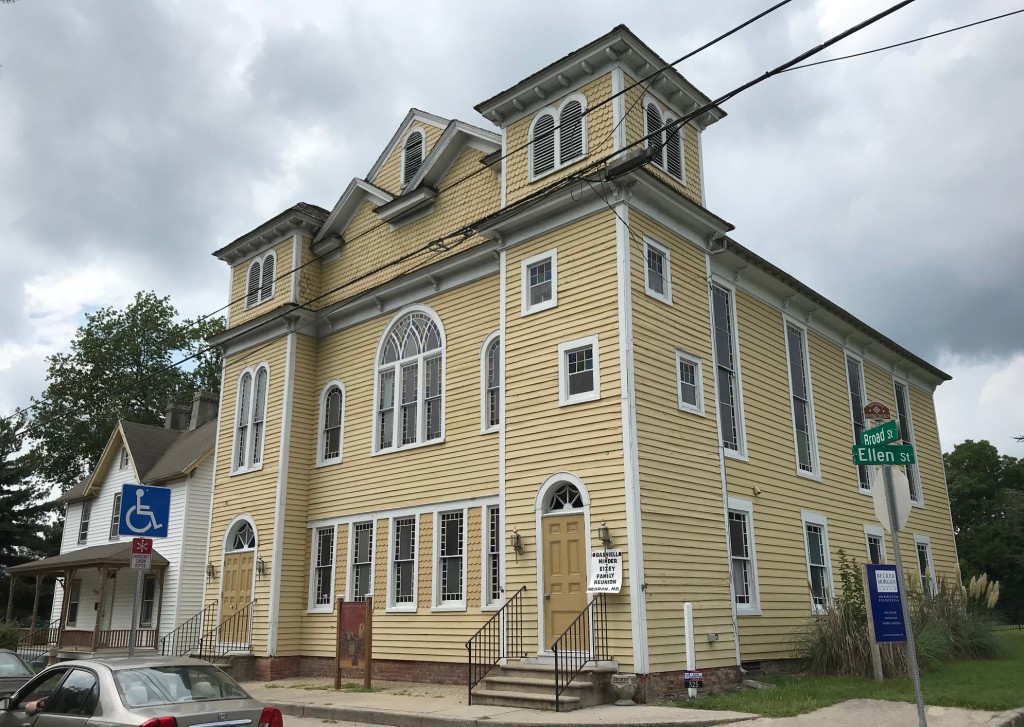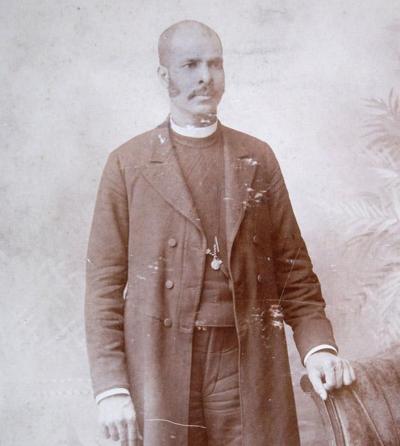**LOST HISTORY**
Dr. Frederick (Bailey) Douglass in Salisbury and The Lower Shore
In continued recognition of the lost Eastern Shore history of Dr. Frederick (Bailey) Douglass, a special presentation on his 1880 visit to Salisbury and connections to the Lower Shore will be offered for *FREE* Saturday, September 21, 2019 at 2:00 PM at the Dr. Charles H. Chipman Cultural Center in the old Georgetown neighborhood of Old Salisbury City in Wicomico County, Maryland.
Introductory remarks will be offered by Shanie Shields of the Chipman Cultural Center, local activist and media personality Amber Green and Mayor of Salisbury City Honorable Jacob Day. Special acknowledgments will be offered to Salisbury Historical Marker Task Force Chairwoman Linda Duyer and Prof. Jefferson Boyer, former member of the board of the Edward H. Nabb Research Center for Delmarva History and Culture at Salisbury University.
Following presentations of “The Lost History of Frederick Douglass in Cambridge, Maryland,” at the Harriet Tubman Museum and Educational Center and “Lost History: Rev. H. A. Monroe, Godson to Frederick Douglass and Publisher of The Eastern Shore’s Only Black Newspaper” at the Dorchester County Historical Society local historian and Washington City journalist John Muller makes his debut in Salisbury and the Lower Eastern Shore with LOST HISTORY: Dr. Frederick (Bailey) Douglass in Salisbury and The Lower Shore.
*U. S. Marshal Frederick Douglass visits Salisbury City on the Lower Shore*
Returning to the Eastern Shore less than six months after a fall 1879 visit to Centreville in Queen Anne’s County, in February 1880 Douglass traveled from Washington City to Baltimore, where he lodged in the home of Rev. James H. Brown, founding instructor and organizer of Centenary Biblical Institute. He then proceeded across the Chesapeake Bay to the Church Street home of Salisbury’s Solomon “Saul” T. Houston, a member of the boards of Morgan College and the Princess Anne Academy. Houston is prominently buried today in Salisbury’s Houston Cemetery.
Maintaining a lifelong commitment to the moral and educational improvement of his people, the lecture of United States Marshal of the District of Columbia Frederick (Bailey) Douglass was advertised as benefiting the John Wesley Methodist Episcopal Church in Salisbury. Proceeds from the lecture Dr. Douglass delivered in the extant Wicomico County Court House assisted covering the costs of an addition of a second floor to the original John Wesley Methodist Episcopal Church built in 1838.
The extant building stands today as the oldest structure on the Delmarva independently built by people of African descent, serving the present-day community as the Charles H. Chipman Cultural Center.
Information on the 1880 visit of Frederick Douglass to Salisbury was first introduced several years ago to the public’s awareness and attention by Master Eastern Shore Historian Linda Duyer in the pages of the Salisbury Independent and Dorchester Banner.
Q&A will follow the 45 minute presentation
Light Refreshments
—
Featured Presenter
John Muller is the author of Frederick Douglass in Washington, D.C: The Lion of Anacostia (2012) and Mark Twain in Washington, D.C.: The Adventures of a Capital Correspondent (2013) and is at work on Lost History: Frederick Douglass and Maryland’s Eastern Shore.
Over the past year he has reported on the Shore for The Washington Informer and been featured in the pages of the Star Democrat and airwaves of Delmarva Public Radio for his scholarship on the lost history of Maryland’s Eastern Shore. Muller’s lectures have been broadcast by C-SPAN’s BOOK TV and American History TV. He is a frequent guest on Washington, D.C. radio stations and has been cited by the Washington Post, Washington City Paper and other publications for his local history research and subject expertise.
— Event is FREE !! —
Students of Wicomico County Public Schools, Chesapeake College, Salisbury University and University of Maryland – Eastern Shore are encouraged to attend.
For more information visit www.chipmancenter.org
Dr. Charles H. Chipman Cultural Center
325 Broad Street
Salisbury, Maryland 21801










